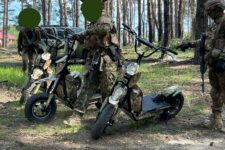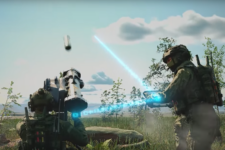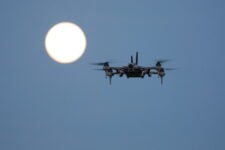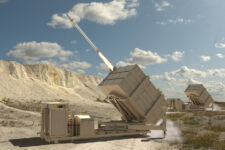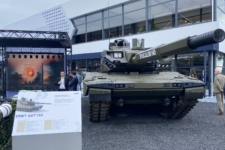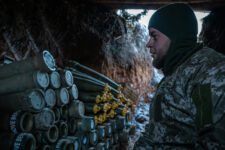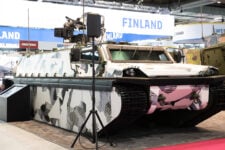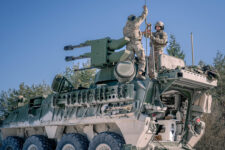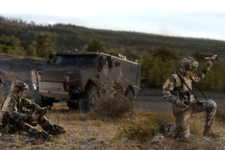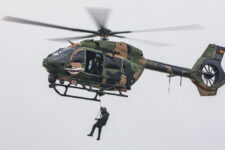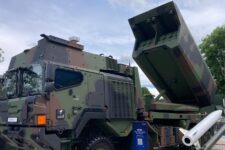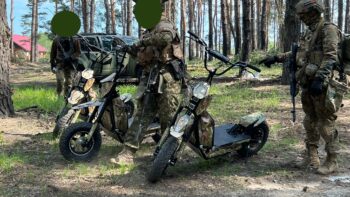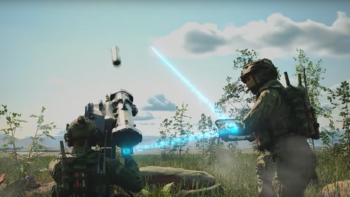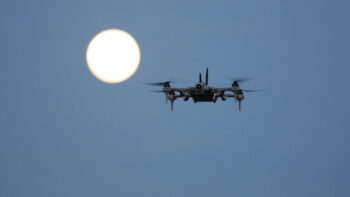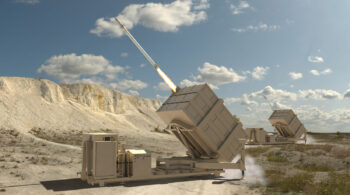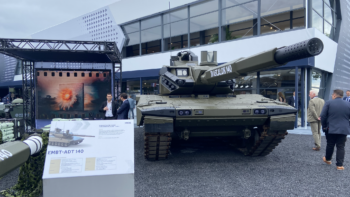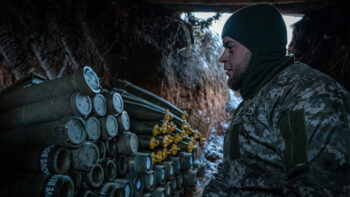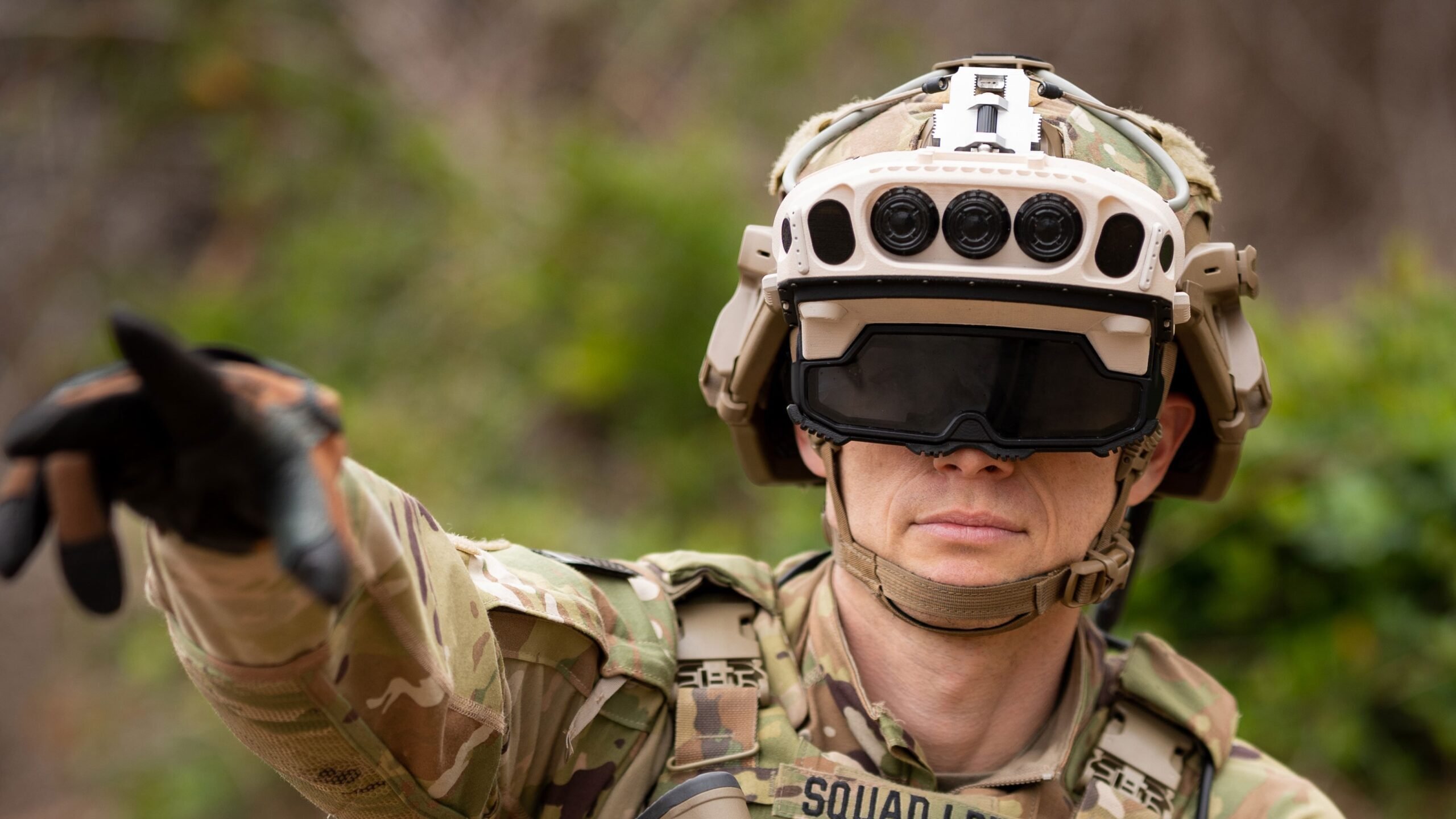
The Army recently received the new IVAS 1.2 prototype for a series of tests. (US Army)
WASHINGTON — US Army Futures Command head Gen. James Rainey today made clear that the fate of Microsoft’s $22 billion Integrated Visual Augmentation System (IVAS) production deal likely rests on the upcoming test series. A poor showing, and it may be time to siphon money elsewhere.
“As a former infantryman, I realize the potential [of IVAS] … if it works; It is a legitimate 10 times upgrade to our most important formations,” the four-star general told members of the Senate Armed Services airland subcommittee.
“But if it does not work, then I think we would have to take a very hard look at whether we continue down that path or use that money for other critical aspects of our night-vision strategy, because we have to make sure the entire Army can own the night,” Rainey added.
And if IVAS does become a billpayer, the “really strong” performance by Elbit’s Enhanced Night Vision Goggles-Binocular’s means it may be one of those programs in line for redirected funds, he told Senators.
The comments today indicate that IVAS, which is essentially a militarized version of Microsoft’s HoloLens 2 heads-up (HUD) display, is at an inflection point. However, IVAS has been here before, and managed to survive. Just a year ago, DoD officials told Breaking Defense that if the system failed an upcoming testing, its fate would likely be sealed; so far IVAS managed to perform to spec and keep going.
Rainey’s comments today were prompted by a series of IVAS questions from Sen. Tom Cotton, R-Ark., who called the program “a bad penny and keeps turning up but it costs a whole lot more than a cent.” In addition to citing past, and possibly ongoing, performance challenges, Cotton said he was concerned about the testing schedule and budgeting cycle.
RELATED: Army’s pricey IVAS goggles meet a training obstacle: Doors
Specifically, the Army has asked Congress to pony up $255.5 million for the purchase of 3,162 IVAS 1.2 units for fiscal 2025, which starts Oct. 1. However, testing with that new version will not be completed until early calendar 2025 when the service has received hundreds of devices and hosted a company-level user assessment.
It’s that company-level test that will, in part, help determine “whether or not” the Army proceeds with a large-scale 1.2 buy, head of Army acquisition Doug Bush told senators. Despite the timing, though, he urged lawmakers to approve the funding request to give service leaders the flexibility to decide how to proceed.
“I do support the president’s budget because I believe it’ll give the chief and secretary the option, if testing goes well, to keep this capability on track,” Bush told the panel. “But there’s an ‘if’ there and of course we would not make such a decision without informing them of the test results.”
The program was originally pitched as a game changer for the service — providing soldiers with one device that could be used both in combat (including under the cover of darkness) and for virtual training. But in 2021, reports emerged about problems with the device and a scathing Pentagon inspector general report followed, with soldiers complaining of discomfort, dizziness, nausea and the system’s reliability.
At first leaders stood firmly behind the program, at least publicly, but have been slowly tempering expectations with public comments. They also opted to split the program up into three initial versions — the 1.0, 1.1 and 1.2 iterations of the goggles. (The service is acquiring 5,000 1.0 units and an additional 5,000 1.1 units for limited use.)
It’s that new 1.2 version up for testing that is billed as the make-or-break upgrade. The Army and Microsoft are using that iteration to correct past problems, in part, by transitioning the device from a helmet-like display with a 70-degree field-of-view, to a hinged, flat design with a 60-degree field-of-view that soldiers can flip up. A computer puck on soldiers’ chests in the earlier versions is also moved to the back of the helmet, a cord connecting the puck to the HUD is shorted and moved to the back of the HUD, and a new low-light sensor from Canon is included.
Correction: This story was updated on May 21 with the correct committee name Bush and Rainey appeared before.
